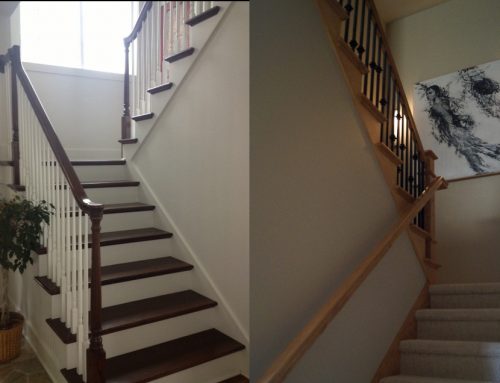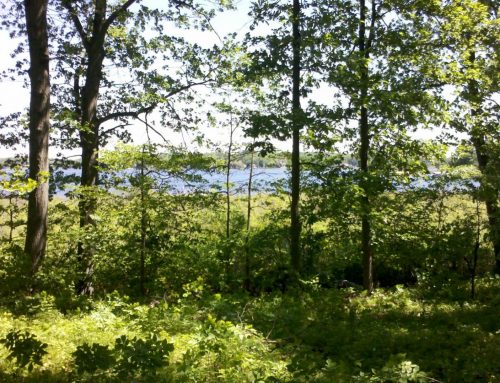Deciding on the size and shape of your new exterior deck is only the beginning of the choices that must be made that will significantly impact the appearance and performance of this outdoor feature. There are numerous materials from which to choose and each of the materials have benefits and drawbacks that must be considered in the decision making process. Listed below are some of the more popular choices with a short synopsis of each.
Pressure Treated Pine
For many years, the most common material used in the construction of a new deck is pressure treated pine. This is simply pine with preservatives and fungicides that are infused into the wood under pressure. Although not maintenance-free, this treatment does prohibit premature decay and a well-cared for pressure treated deck will last a reasonably long time. It is for this reason that, no matter what type of deck flooring and railings are selected; P.T. Pine is almost exclusively used for the deck joists and beams.
P.T. Pine is very easy to work with and allows for flexibility in the configuration of your new deck. Due to high moisture content it does however, have a tendency to split, warp and cup with the drying that inevitably occurs when exposed to direct sunlight. If one desires a more rugged and rustic look, then this material will work fine.
The cost of pressure treated pine is one of the lowest of available decking materials and that contributes to its popularity.
Cedar
Cedar is very easy to work with and allows for design flexibility equal to that of P. T. Pine. Cedar is delivered to the site with much less moisture content, therefore it doesn’t exhibit the same extent of movement resulting from drying that can be anticipated with P.T. Pine.
Sealing or staining Cedar is required and the frequency for which this must be done is dependent on the quality of the sealer or stain.
The cost of Cedar is slightly more than P. T. Pine but compared to other materials is still considered to be a bargain. Since cedar comes in different grades please keep in mind that the better grade, the more expensive the material will be. We recommend that you choose nothing less than a # 2 Select grade, with # 1 clear being the best choice.
Vinyl
There are many companies that manufacture vinyl decking and components, and there are numerous colors and styles to choose from. Vinyl rates very high for its maintenance-free characteristics with periodic power washing being the only requirement for upkeep.
Vinyl does contract and expand with temperature extremes much more than most materials and can lead to several less than desirable results. Colorfastness may be another negative on darker colors and depending on the manufacturer even white may yellow over time.
An all vinyl railing generally has a less solid feel, depending on manufacturer but we have installed some very solid vinyl clad wood railings.
Vinyl decking has a price point above cedar but is usually less expensive than composite decking.
Composites
Composite decking is by far the most requested material by our customers for use on their new decks. Made up of recycled plastics and wood fibers, it is our opinion that this product offers the best combination of stability, colorfastness, and maintenance-free characteristics available for exterior decks.
Composite decking comes in numerous styles and colors and offers reasonably good flexibility for deck design. Railings are offered in this material and are designed to complement the decking.
Most manufacturers have addressed excess fungal growth with anti-fungal treatments to the product so it’s wise to make certain that this procedure is used on the product you select.
Composite decking is one of the most expensive materials to use for decking but the long-term benefits offset the added expenditure for this product in our opinion.
Exotics
There are several “exotic “materials available that we frankly have not had any demand for, whether due to poor marketing or unacceptable expense. Tropical hardwoods would fall into the “too expensive” category and thermally altered wood may not have been marketed very well as two examples of products that are seldom requested and rarely used to construct decks and deck railing.
There is no such thing as the perfect decking material and one must weigh the benefits against the cost to find the product best suited for use on your new deck. While planning your new home, we will be happy to discuss these important decisions with you in more detail.


